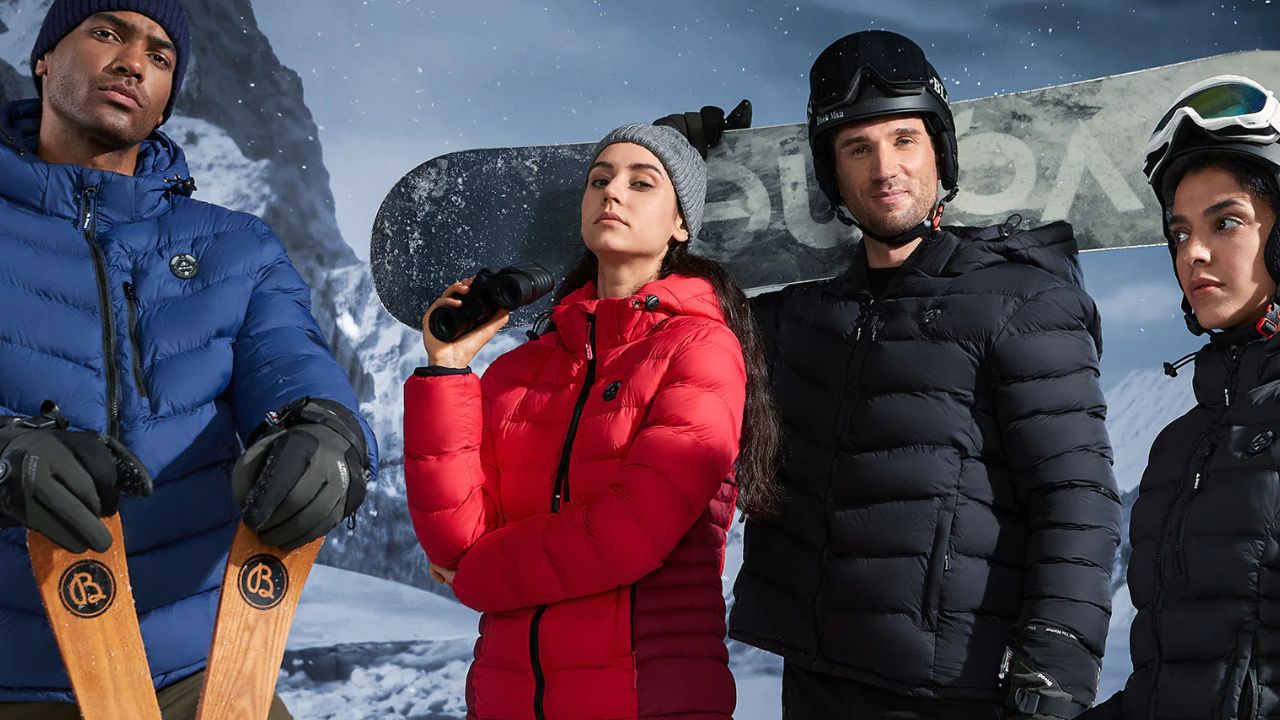A range of specialized components are used in heated jackets to provide effective and customized warmth. The key components consist of the jacket's structural materials, controls, heating elements, and power supply. The heating elements are powered by the power source's energy reservoir, which is frequently a rechargeable lithium-ion battery. When activated, these parts—which are often made of carbon fiber or flexible heating pads are skillfully integrated into the jacket to provide heat. With controls, which are often symbolized by a button or switch, users can adjust the temperature settings to suit their preferences.
The jacket's structural components the outer shell, insulation, and inner lining improve its overall comfort, weather resistance, and durability. Smart technology for connectivity or remote control may also be included in sophisticated models. The combination of these elements results in a heated vest mens, which offers a sophisticated yet approachable way to remain warm during the winter.
Components Making Heated Jackets
The jacket's longevity, comfort, and general efficacy are significantly influenced by the materials chosen. We will discuss the attributes and advantages of the different materials used to make heated jackets.
Outer Shell Fabrics
The outer shell of a heated jacket is the first line of protection against the elements. Producers commonly choose substances that are both long-lasting and weather-resistant. Polyester, a synthetic fabric regarded for its lightweight and short-drying residences, is frequently used. Polyester jackets provide a sturdy outer layer that withstands wind and light rain, making them suitable for an expansion of outside activities.
Nylon
Nylon is another famous desire for outer shells because of its top-notch sturdiness and resistance to abrasion. It offers strong protection against put and tear, making it perfect for heated jackets designed for rugged use in outdoor environments.
Softshell Fabrics
Softshell fabrics, a combination of polyester and elastane or nylon, are preferred for their flexibility and breathability. Those substances permit for a greater range of movement, making heated jackets with softshell exteriors suitable for energetic pastimes like hiking and snowboarding.
Insulation Materials
The insulation layer in heated jackets is essential for trapping and preserving the generated warmth. Conventional down insulation, regarded for its awesome warm temperature-to-weight ratio, is regularly changed with artificial alternatives to keep away from ethical worries associated with animal merchandise.
Polyester Insulation
Polyester insulation, an artificial alternative, is extensively used for its lightweight and moisture-wicking homes. It retains its insulating abilities even when damp, making it a remarkable desire for heated jackets that could stumble upon varying weather situations.
Some heated jackets utilize down options, composed of synthetic fibers that mimic the warm temperature-keeping properties of herbal down. Those options offer a cruelty-loose alternative for folks who prioritize moral concerns of their outerwear alternatives.
Heating Factors
The coronary heart of a heated jacket lies in its heating factors, chargeable for generating warm temperatures. Carbon fiber is a commonplace cloth used for those factors because of its lightweight and flexible nature. It distributes heat lightly across the jacket, making sure a constant and cozy warm temperature.
Flexible heating pads have additionally received recognition in recent years. These thin, pliable pads agree to the jacket's form, providing an extra adaptable and comfy heating enjoy. This innovation permits for a greater variety of movement without compromising the efficiency of the heating factors.
Internal Liner
Normal comfort and insulation are enhanced by the interior lining of a heated jacket. Because fleece linings are so soft and can hold onto heat, they are frequently employed. At some point during prolonged usage, fleece adds an additional layer of luxury and coziness, creating a comfortable interior environment.
The ability of microfiber linings to effectively wick away perspiration from the body is well-known. This feature allows the wearer to stay dry and change the frame temperature, making a variety of sports more comfortable.
Fasteners and Zippers
Zippers and closures, which are often overlooked yet crucial to functionality, are essential components of heated jackets. In bad weather, water-resistant zippers keep out moisture and preserve the integrity of the heating components.
Sturdy fasteners ensure a snug fit and the best possible heat retention, such as snaps, buttons, or hook-and-loop fasteners. These elements are essential for both efficiency and comfort, especially in outdoor settings where temperature regulation is critical.
Conclusion
The technology and textile technological know-how that go into heated jackets are harmoniously combined, with each component thoughtfully chosen to enhance the user's experience and overall performance. We anticipate that as time goes on, manufacturing processes and materials will also evolve, ensuring that heated jackets continue to offer dependable warmth and comfort in a range of environments.


